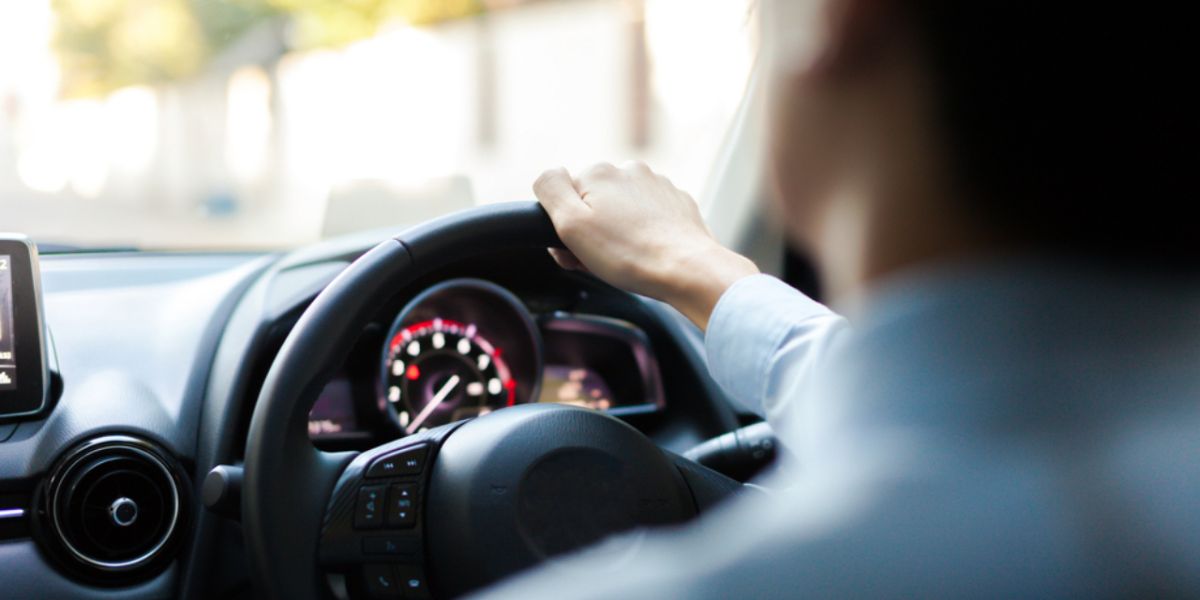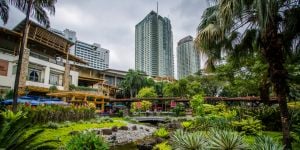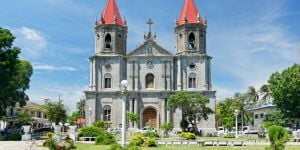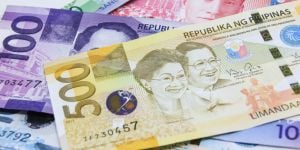
City traffic jams and rural pot-holes aside, driving in the Philippines can increase the quality of life as an expat. Provided the expat has a valid driver's license and is aware of local driving practices, it shouldn't be a problem. Here is how to proceed.
If you have moved to the Philippines, you might probably want to rent or buy a car at some point. Indeed, having a car at your disposal will allow you to travel more independently, whether alone or with your family. However, driving in the country can be quite risky due to the road conditions and local driving habits, especially if you are not yet acquainted with the latter. Moreover, you must have a driver's license recognized in the country.
Good to know:
When in the Philippines, you will drive on the right side of the road. Vehicles have the steering wheel on the left-hand side.
How to apply for a driver's license in the Philippines
To apply for a local driver's license in the Philippines, you have to meet the following criteria:
- Duly accomplished Application Form for Driver's Licence (which can be obtained at your local LTO (Land Transportation office) or on their website.
- Original and photocopy of passport with visa duration of at least 5 months from the date of application
- Original ACR (Alien Certificate of Registration)
- Fees for Student's Permit (a permit given to learn how to drive.)
Keep in mind that you will have to undergo the following procedures before you can obtain a driver's license in the Philippines:
- Attend an LTO-accredited driving school – 15 hours for the theory part (approx p1000) and 8 hours for the practical part (approx p2500-8000 depending on the vehicle) then;
- Pass a written examination in the form of the Basic Driving Theory Test for Non-Professional Driver's License;
- Pass a practical driving test.
- You can refer to the LTO website for detailed information on the fees.
Converting your driver's license in the Philippines
The application for the conversion of your driver's license in the Philippines has to be made at one of the branches of the Land Transportation Office (LTO). Note that to be eligible for the conversion of your license, you must prove that you will stay in the country for at least a year from the date of application. The following documents are required:
- Duly accomplished Application for Driver's License (which can be obtained at the office or downloaded at the LTO webpage.
- Original and 1 copy of foreign license (if such license is not written in English, you must submit an official English translation from the consular or Embassy of your country)
- Original and copy of valid passport showing the latest date of your arrival in the Philippines
- Original copy of Medical Certificate issued by LTO accredited physicians.
- Original copy of a negative drug test result issued by the Department of Health (DOH) Accredited Drug Testing Center or government hospitals
- If your foreign license is expired, you will undergo a written and practical examination.
You will then be called to take a photo and provide a signature, and pay the required fees.
Driving in the Philippines
Driving in the Philippines can be quite stressful, especially if you are not yet used to it. In fact, most roads are clogged and have potholes. Local drivers, especially in Metro Manila, generally drive in a chaotic way, ignoring the highway code, traffic lights, etc.
Make sure that the vehicle's registration papers are always on board, as well as the official payment receipts. You also need local car insurance so that you don't have to spend a lot in case of an accident just because you are an expatriate.
Car insurance in the Philippines
The car owner is required to subscribe to car insurance with a local insurance company. It is advisable to opt for additional insurance so as to cover any other damage that can be caused to your vehicle. In case you prefer international insurance, make sure it is valid in the Philippines.
Importing a vehicle in the Philippines
Only the following foreigners are allowed to import a personally-owned motor vehicle to the Philippines:
- immigrants holding 13g or 13a visa or dual citizens;
- Special Resident Retiree's (SRR) visa holders; and
- 47(a)(2) visa holders under the Balik-Scientist Program
Remember that the vehicle needs to be a left-hand drive and must not exceed 3 tons. In addition, it must have been registered under your name for at least six months and have a Certificate of Roadworthiness and Emission Compliance (CREC) from your home country (and is duly authenticated by the Philippine embassy in the same country).
Good to know:
Since the Metro Manila area is a polluted, dusty, hot, and humid region, you are advised to import air-conditioned vehicles, which will prove their efficiency, especially when you are stuck for long hours in traffic. You are also advised to 'tropicalize' your vehicle and equip it with resistant shock absorbers.
Mobile apps for driving in the Philippines
Waze is the most downloaded navigation app in the Philippines, which proactively reports traffic jams, obstructions, and other relevant traffic information useful to other Waze users. You can send your map navigation to your friends to inform them about your location and estimated time of arrival.
Google Maps has always been a pre-downloaded app on our iOs and Android smartphones. Having built-in indoor maps can help you find your way into big places more easily. The biggest plus is Google's ‘Street View' option for locating your destination in the fastest and most convenient way possible.
Your rights when stopped by a traffic enforcer in the Philippines
- You have the right not to give out your driver's license until the enforcer tells you the specific reason why he's asking for it.
- You have the right to say “no” when an MMDA officer asks you to step out of the car.
- You have the right to ask them for their mission order. Each Traffic Enforcer has his/her own written mission order that's issued by the MMDA Central Administration. Mission orders indicating their Jurisdiction area, official role, time of duty, and if they really can authorize to issue tickets.
- You may question why you're being apprehended by the enforcer and/or even refuse to hand out your driver's license, especially if;
- You weren't involved in any traffic accident
- You have not accumulated three or more unsettled violations
- You haven't violated any of the traffic laws stated above.
What to do during an accident in the Philippines?
The principal concern during a car accident is the safety and well-being of everyone involved. Check if anyone needs immediate medical attention. Take photos of the actual accident for documentation purposes. You will need these photos for your third-party insurance claims and for any legal purposes.
Prepare the following documents to present to the attending traffic enforcer/police assignee:
- Car registration copy
- Driver's license
All parties who are part of the accident will be escorted to the nearest police station to give out each statement of what has happened.
You will be given a blank piece of paper to manually write the incident as you've recalled. Affix your signature and then submit it to the attending police desk officer.
Both parties will come to an agreement regarding insurance/repairs/other arrangements.
Having a police report on hand can assist in speeding up the insurance claims process.
Useful links:
We do our best to provide accurate and up to date information. However, if you have noticed any inaccuracies in this article, please let us know in the comments section below.








